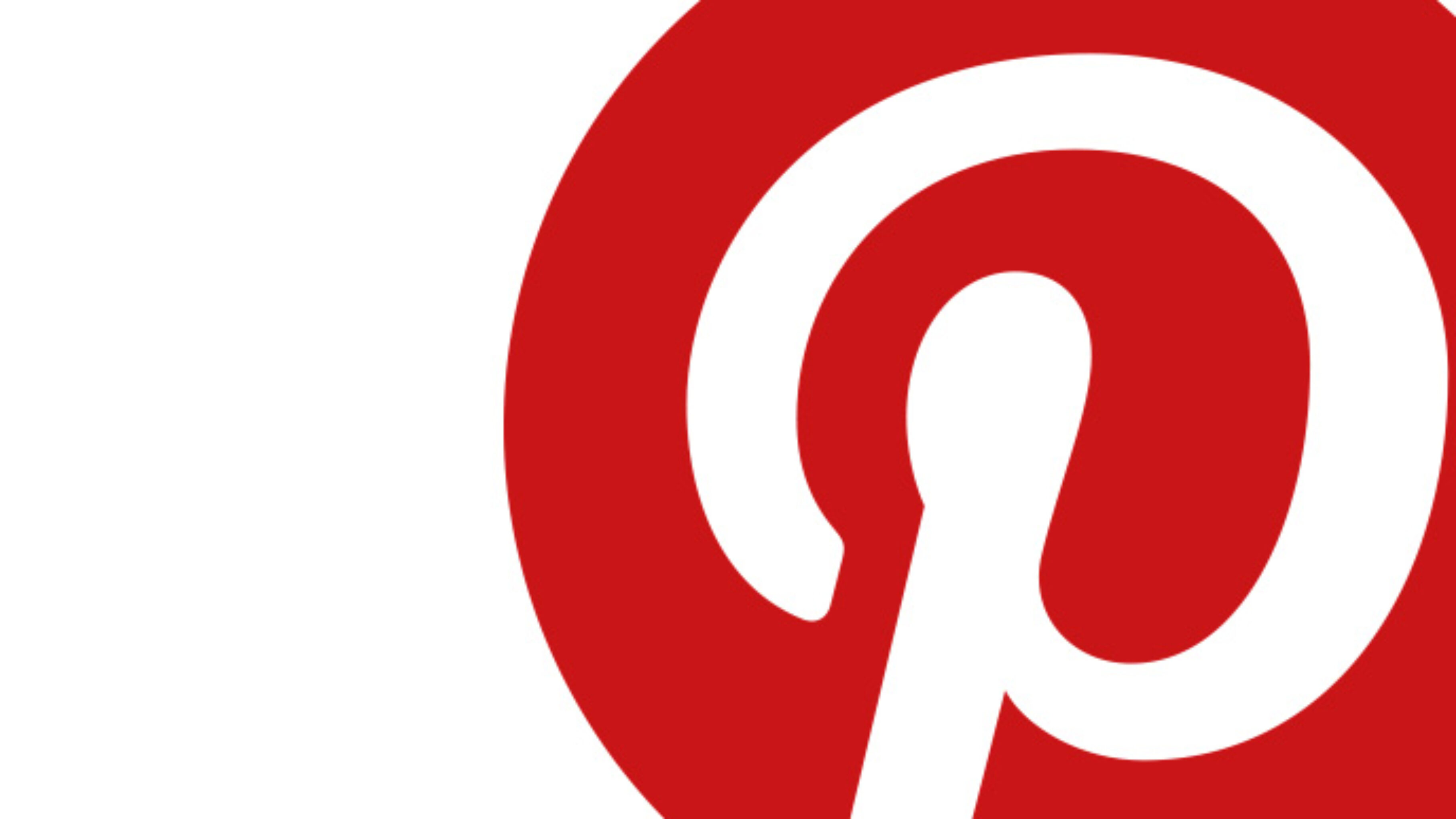Pinterest, the image-based social media platform, is growing in momentum and popularity throughout the online community, with user numbers increasing daily around the globe and the site itself expanding and offering new tools. The concept of Pinterest is very simple, users are able to create a profile and then ‘pin’ to it a range of different images, known as pins, relating to a plethora of different concepts and subjects. The subjects could relate to you personally, or if you are a brand or company, they could be pictures of your products or images which make a statement about who you are and what you stand for. The most popular subjects to pin are recipes, home decor, places of travel and increasingly so, fashion.
Recognising its power and influence and the increased interest from brands, particularly fashion brands, Pinterest created a ‘follow’ button, allowing its users to follow certain brands for updates. This means that when brands upload pictures, of for example their products, those that follow them are able to view these new pictures straightaway. This new feature undoubtedly resonated positively amongst E-commerce brands. As when an E-commerce brand receives exposure of its products through consumers following its Pinterest profile, it increases the likelihood that users will go onto the brands’ main site, to shop the items further, should their initial reactions have been one of positivity?
Pinterest has further declared its self more merchant-friendly, by adding its related interests feature. Now when users search for a topic, related ones will appear at the top of the page. If users are searching for Asos jeans and you happen to also be an online retailer, selling similar products and you experience high levels of traffic to your Pinterest page, you may be lucky enough to be placed on the Pinterest search results page as a related item. It helps also if your image descriptions are detailed and relevant.
To truly take advantage of this visual discovery tool, E-commerce sites must firstly optimise their content, something site managers hear time and time again when it comes to gaining the best exposure for their products and ultimately increasing sales.
E-commerce sites must first make sure that their pictures on their official Pinterest pages are pinnable. What this means is that particular attention should be paid to ensuring the images are the correct size and of an accurate description. The optimal width for a pin is 736 pixels and while there’s no height limit, the image shouldn’t be too tall. The descriptions of your pins are incredibly important for SEO purposes. When writing the descriptions make a point of ensuring you accurately describe your product image or pin. Look at what similar images that are readily being pinned are described as and use these as indicators of what descriptions consumers associate with your product. It is important that wherever your image appears it is recognised and understood. According to Krista Neher, CEO of training company Boot Camp Digital:
“The image should be clearly viewable in the smaller thumbnail-type size that shows up in the Newsfeed view of your pin.”
Pinterest is even more dynamic in terms of what it offers brands seeking to engage with their target audience.
Firstly, it offers the use of Promoted Pins, which are pins that appear in the search results and in the category feeds, when the user searches for relevant items or is already looking at certain items. Promoted pins are still in pre-production so to speak and have not yet been set life, but once they are they will allow brands to reach highly engaged audiences, already clearly in the market for a similar type of product. Brands will only have to pay Pinterest if users click through and view their promoted pins and their content.
Then there are Rich Pins, these contain extra information stored right on the pin itself. Currently, there are five types of Rich Pins: movie, recipe, article, product, and place. These images contain further information right from the originating image site and they receive much more engagement than regular pins do. The introduction of Rich Pins nullifies the issue of some product images being uploaded directly or from a site that later removes the image, making it difficult for people to then track down more information about the product in the image. Rich pins were launched in partnership with eBay, Target and Walmart, key players in the E-commerce industry.
These new tools are really seen as Pinterest working better with brands who get their products pinned frequently. They also give Pinterest users who see those pinned images, better information about where the products can be found and purchased.
Hashtags, despite being fairly prominent on Pinterest, don’t create conversation threads as they do on Twitter. Adding those strong keywords in the Pin descriptions should be favoured over the use of hashtags.
Finally, in order to create a meaningful presence on Pinterest that will really engage users with your brand and encourage them to click through to your main site, build up your board effectively. Add images that tell the wider story of what your brand is, what values it stands for and give consumers something human and meaningful they can relate to. Through this, they can begin to form a relationship with your brand, its products and hopefully your E-commerce sites checkout.








